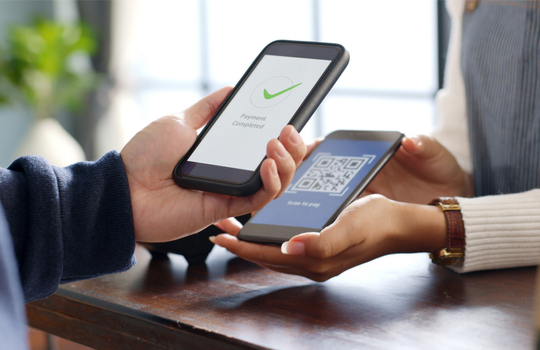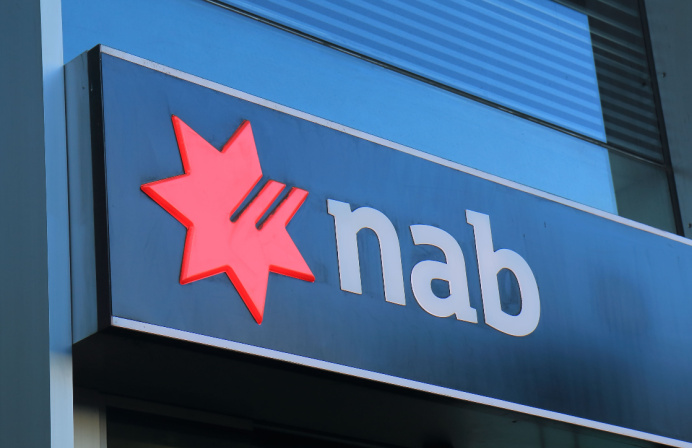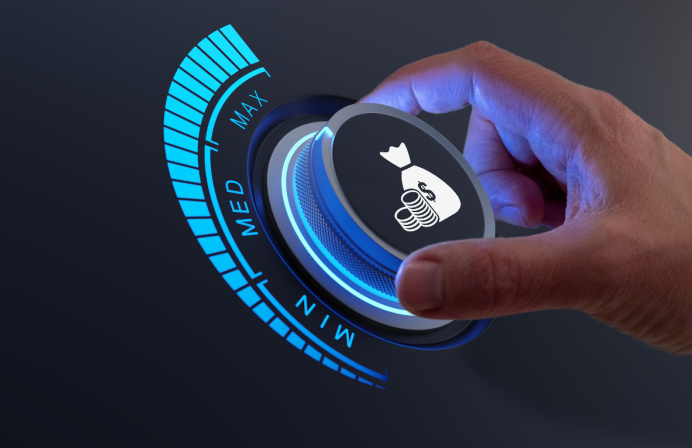
Australian Payments Network (AusPayNet), the payments industry’s self-regulatory body, has released a set of voluntary guidelines for facilitators of Quick Response (QR) code payments, in response to the rapid uptake of QR-based check-in services during Covid.
While voluntary, the guidelines – designed for financial institutions, payment service providers, merchants and other payments industry participants – are intended to improve consistency in how QR codes are used for payments services in Australia.
AusPayNet’s QR code payment guidelines are set out in two separate documents: EMVCo Merchant-Presented Mode (MPM) QR Code Standard and a Short QR Code Standard, which is designed to enable “a consistent interface for the creation and scanning of ShortQR codes for payments and related transactions in Australia”.
AusPayNet said QR code payments – a contactless mode of payment whereby a merchant payment terminal prompts a customer with a digital QR code, which can be scanned with a smartphone to initiate payment – allow richer data to be encoded within payment transactions. This, it said, makes them useful when transactions are linked to loyalty, identity and reconciliation applications.
The widespread public use of QR codes in Australia during the Covid pandemic, particularly for state-run contact tracing efforts, as well as rapid growth in the use of QR codes in payments across the Asia region, spurred AusPayNet to release its guidelines, ensuring a level of industry conformity in QR code payment services.
AusPayNet noted that the growing popularity of QR codes for payment transactions is due to its ease of adoption by both customers and merchants, requiring no specialised hardware or acceptance devices.
AusPayNet chief executive, Andy White, said QR codes offer a quick, efficient method of digital payment to consumers, adding that the increasing use of the payments technology demands greater industry conformity.
“Our payments industry landscape continues to evolve rapidly and it is important that, in response, industry participants are able to adapt and be flexible in offering consumers a range of payment methods,” he said.
“It is also important that consumers and merchants know when they use a QR code that it will work the same way, every time,” White added.
“Australians became familiar with and comfortable using QR codes during the pandemic and it is likely they will become more commonly used in payments. AusPayNet’s guidelines will be a useful reference tool as they do so.”
Juniper Research predicts that the total number of QR code payment users globally will exceed 2.2 billion in 2025, equivalent to approximately 29 per cent of all mobile phone users.
Yesterday, Australian Payments Plus (AP+), which combines BPAY Group, eftpos and NPP Australia, also announced that retailer Subway became the first major Australian “quick-service restaurant” to offer QR code payments via eftpos’s Beem wallet service.
“The launch of eftpos QR code payments for Subway in Australia is a significant milestone for both the retail and payments industries and delivers on a commitment by eftpos (now part of AP+) to rapidly have the technology live and in market,” eftpos said in a statement.
Meanwhile, the Woolworths-owned payments service, Wpay, announced that its digital wallet – available through its Everyday Rewards app – will enable customers to pay and earn rewards points via a QR code scan at the start of the transaction.
Wpay claims to be among Australia’s first digital wallets to support QR code payments.
“Everyday Rewards members simply add their credit, debit or gift card details along with their payment preferences in the app,” Woolworths Group said in a statement.
“The digital wallet takes care of the rest when the customer scans the QR code available on the payment terminals at checkouts.”





